Camera blind test 2021: Pixel 6 Pro & iPhone 13 Pro against the rest of the world
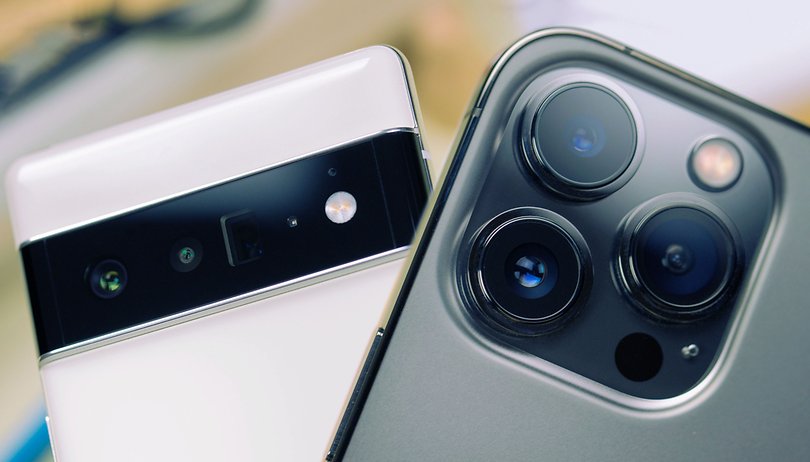

With the Google Pixel 6 Pro and the iPhone 13 Pro, these two camera-centric smartphones have been launched recently. We put these two smartphones up against the Samsung Galaxy S21 Ultra, the OnePlus 9 Pro, and the Oppo Find X3 Pro in a camera blind test. Who will emerge as the winner? You decide!
The highlight of this blind test is that we will only show you the photos captured by the smartphones without revealing which photo was the handiwork of which device. You will then vote on the photo that you like best, and we will award points based on the rankings. And in the end, there will obviously be a winner.
How the blind test works
We photographed eleven different subjects with all five smartphones as well as throwing in a Canon EOS 6D for fun. We always take three photos per shot with each device and select the best one. This way, we want to avoid any outliers in the image quality due to accidental blurring or poor focus. Another important aspect: Unless stated otherwise, we always snap photos using the default settings.
In order for the smartphones to not give themselves away due to their minimally different focal lengths, we slightly cropped the shots. And now, all that remains is for me to wish you luck and have lots of fun voting and guessing! The results will be analyzed and presented next Wednesday.
Do click on the photos to view them in their full resolution.
Blind test photo 1: Portrait (wide angle)
Let's begin with one of the most important task of smartphone cameras in 2021: Portraits! For this subject matter, we shot using the wide-angle lens in portrait mode. Notice how good smartphones are at freeing Ben from the background.
Blind test photo 2: Portrait (Tele 2x/3x)
In this next task, we activated the telephoto lens in portrait mode. Some smartphones rely on a 2x magnification here, others on a 3x magnification - and that usually can't be changed. This is the reason why the background is sometimes compressed in a slightly different manner in the shots. In addition to that, it was already a bit darker here than in the first photo, and some smartphones have begun to struggle with the reproduction of skin tones here.
Blind test photo 3: Selfie
Of course, selfie cameras must not go missing when it comes to portraits. With the DSLR, the photo with our ultra-wide angle lens turned out a bit too wide-angle and therefore strangely distorted. -Admittedly, it wasn't that easy to shoot a selfie with the 6D and the heavy 16-35 mm F2.8L III. Still, we've left it in this comparison as a reference for color reproduction.
Blind test photo 4: Ultra-wide angle (daylight)
Next, we venture into the realm of ultra-wide angle lens in daylight, of which all the smartphones in this test come with. Of interest here are the color reproduction in this very colorful subject, as well as possible distortions that the cameras bring to the picture.
Blind test photo 5: Ultra wide angle (indoor)
The ultra-wide-angle camera has more to fight for when shooting indoors. After all, the sensors here are usually smaller than on the main camera. It is then no surprise at all that the algorithms will have to work harder to ensure more accurate colors. In this case, the mixed light makes things even more challenging.
Blind test photo 6: triple zoom (daylight)
Now it's on to the zoom! Triple zoom, in fact, for our little experiment. Since some smartphones have native 2x zoom while and others feature native 3x zoom, some models are at a disadvantage here. However, we make up for this further down the line when we go for the 2x optical zoom on a different subject.
Blind test photo 7: 15x zoom (daylight)
The Google Pixel 6 Pro and the Samsung Galaxy S21 Ultra are the zoom pros, at least according to their respective hardware specifications. But just how big a difference does it make in reality? Let's find out in this blind test, where we selected 15x zoom on all of the smartphones.
Blind test photo 8: Dual zoom (low light)
Twilight, mixed light, and double zoom: these are not easy conditions for a smartphone camera to work in. In this blind test, you can vote for which smartphone performs best in this situation.
Blind test photo 9: wide angle (night)
Now it's getting really dark! In this blind test, only the street lamps, the illuminated windows and shops provide light. It then makes sense for the smartphones to have a hard time delivering clean photos. Some smartphones have automatically switched on night mode here, while others did not. We did not make any manual changes and ceded control to the respective camera apps.
Blind test photo 10: double zoom (night)
With even less light, high contrasts, and once again visiting the double zoom, this shot challenges smartphones to show just how well they can handle low light conditions and high brightness differences. Another challenge is the people in the square - can you detect the motion blur?
Blind test photo 11: wide angle (night)
Last but not least we dive headlong into absolute darkness. With this blind test, it was so dark that I could hardly see where I was photographing through the optical viewfinder of the DSLR. The scenery is only illuminated by a couple of illuminated areas. It's impressive how much better the smartphones all perform compared to the SLR, even if it is a bit more aged. We activated the night mode with maximum exposure time on all devices where available.
We are looking forward to your votes and thank you in advance for taking part! You will be able to view the result of our camera blind test next week on NextPit!
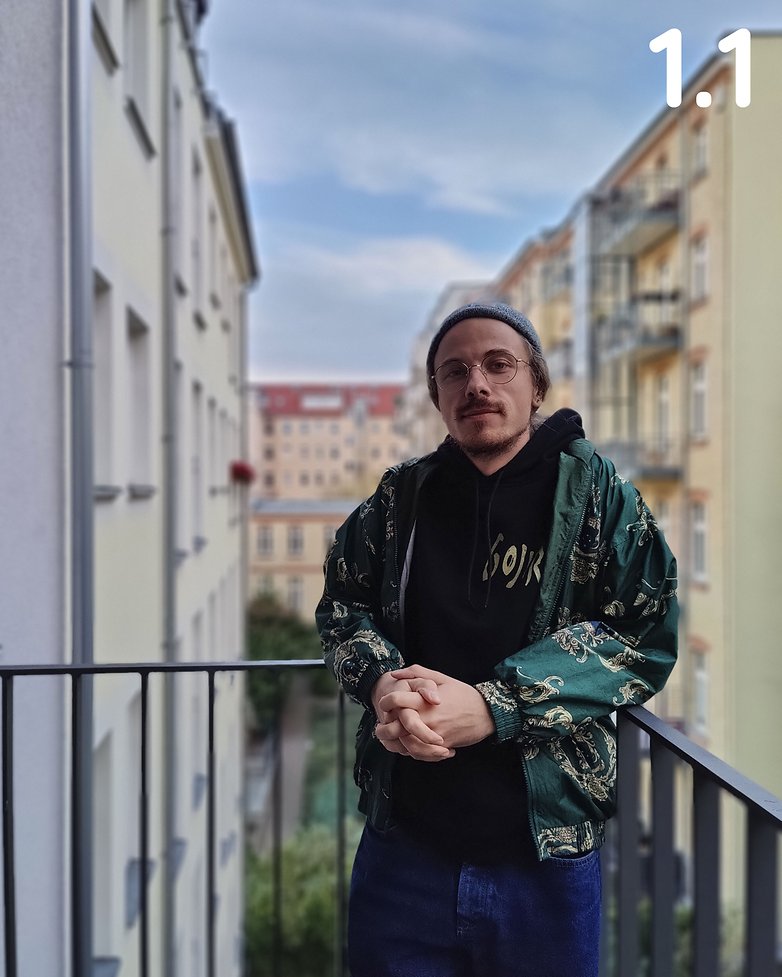



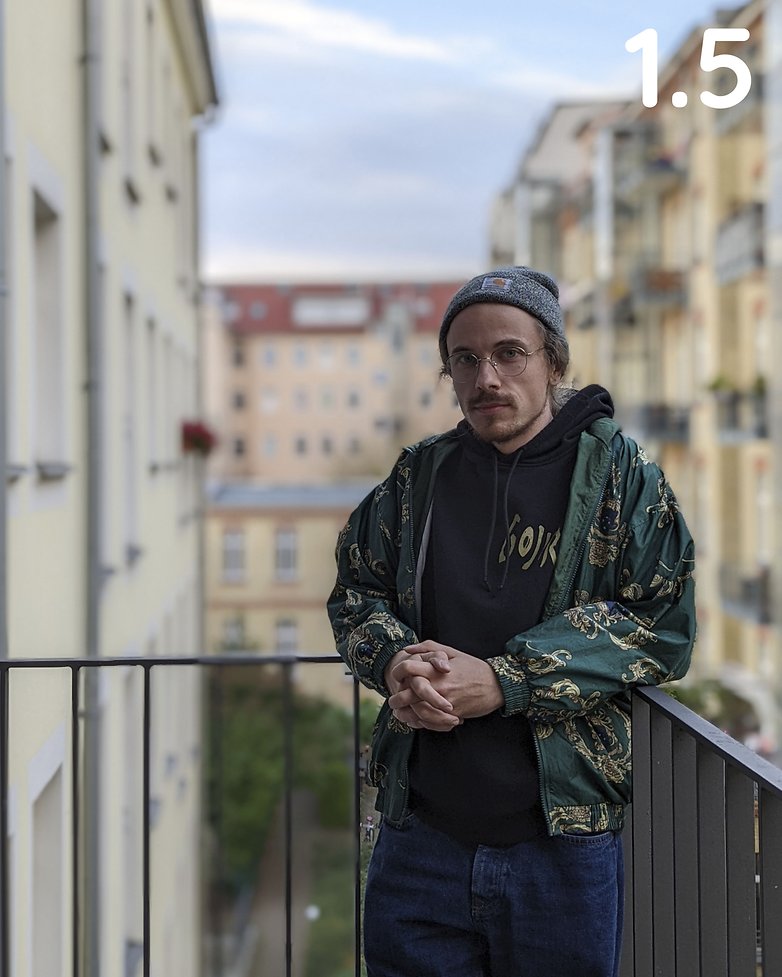



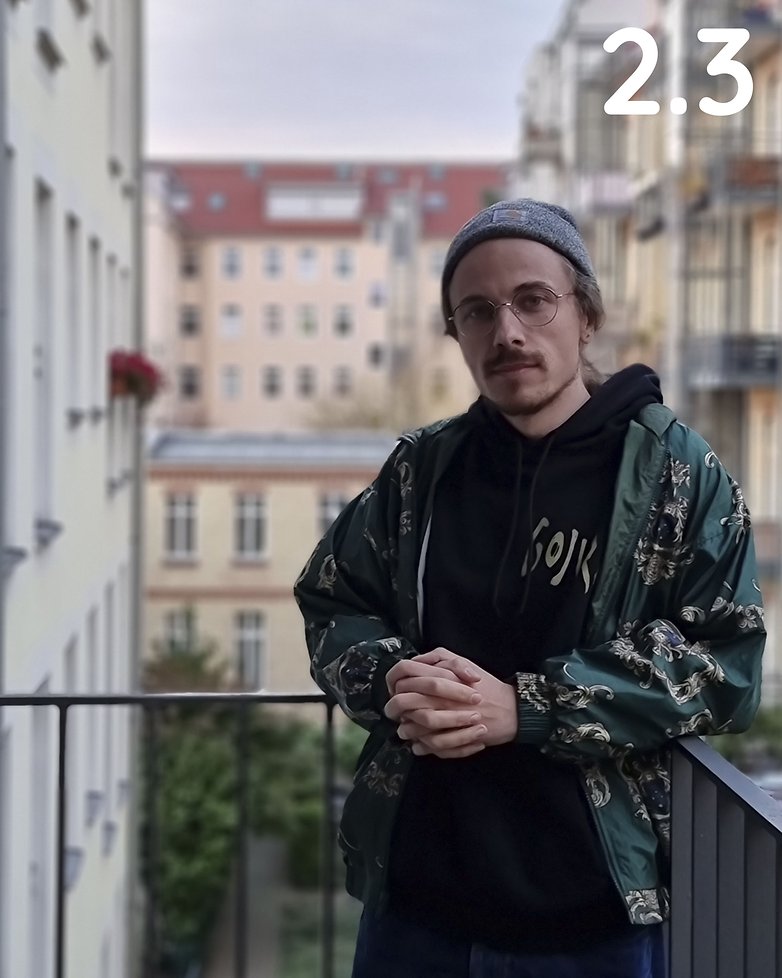



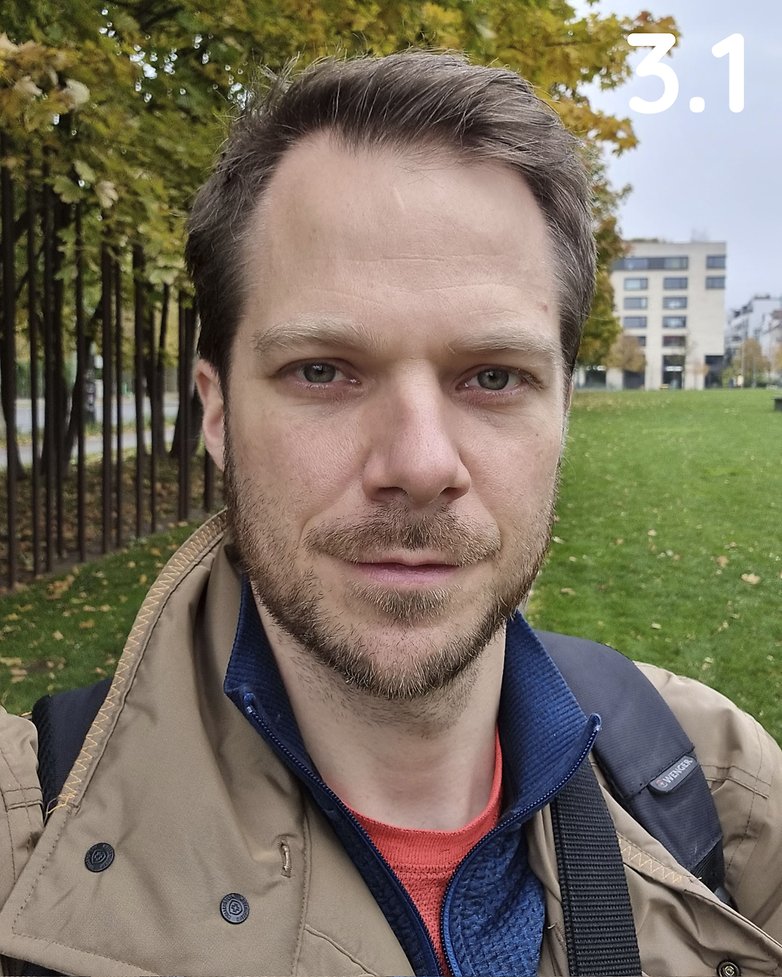
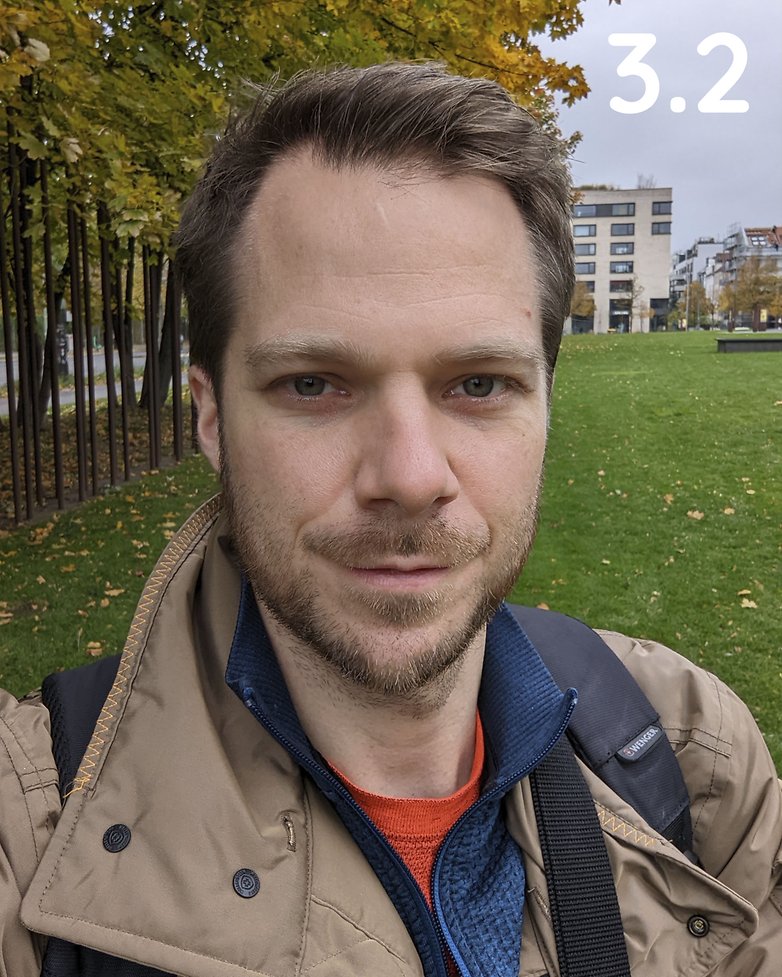
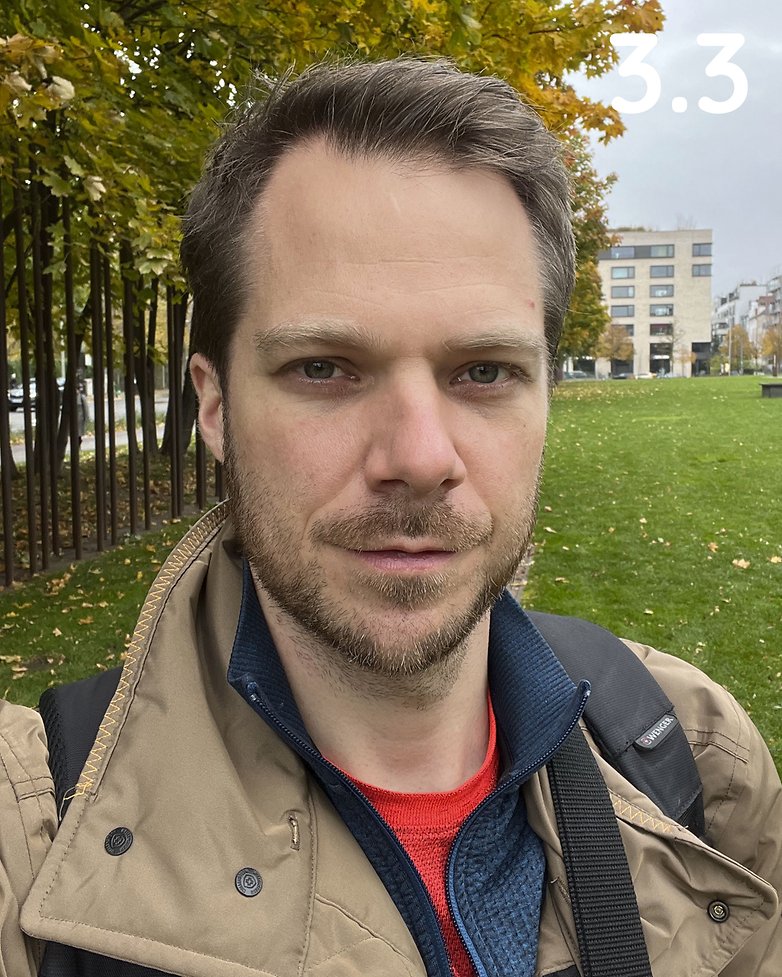

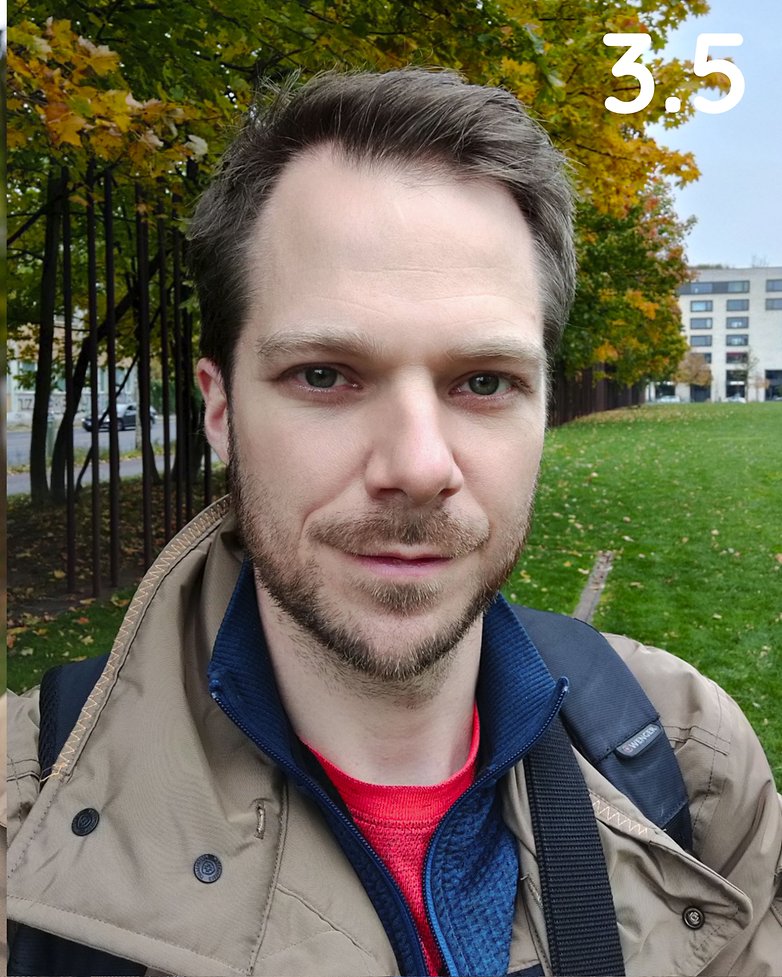


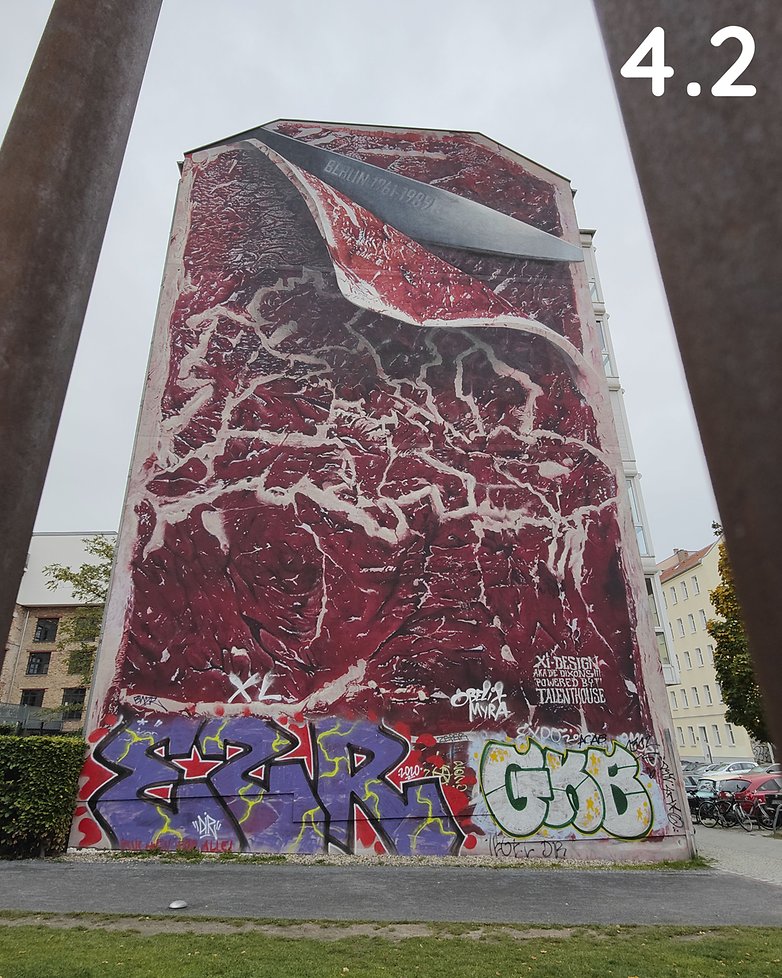
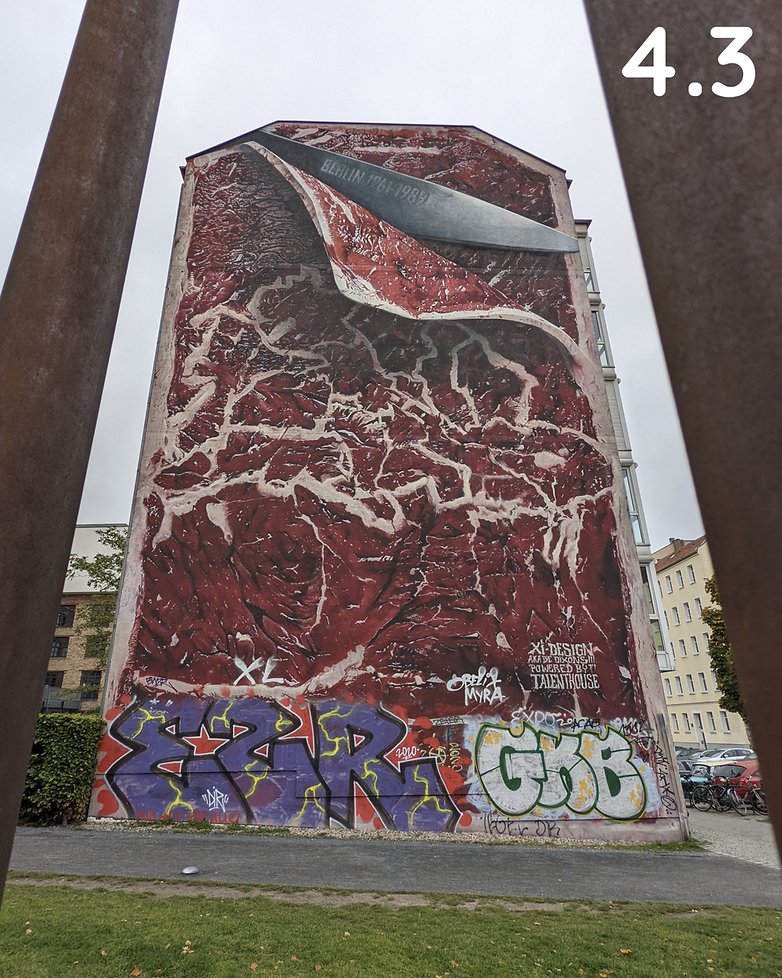
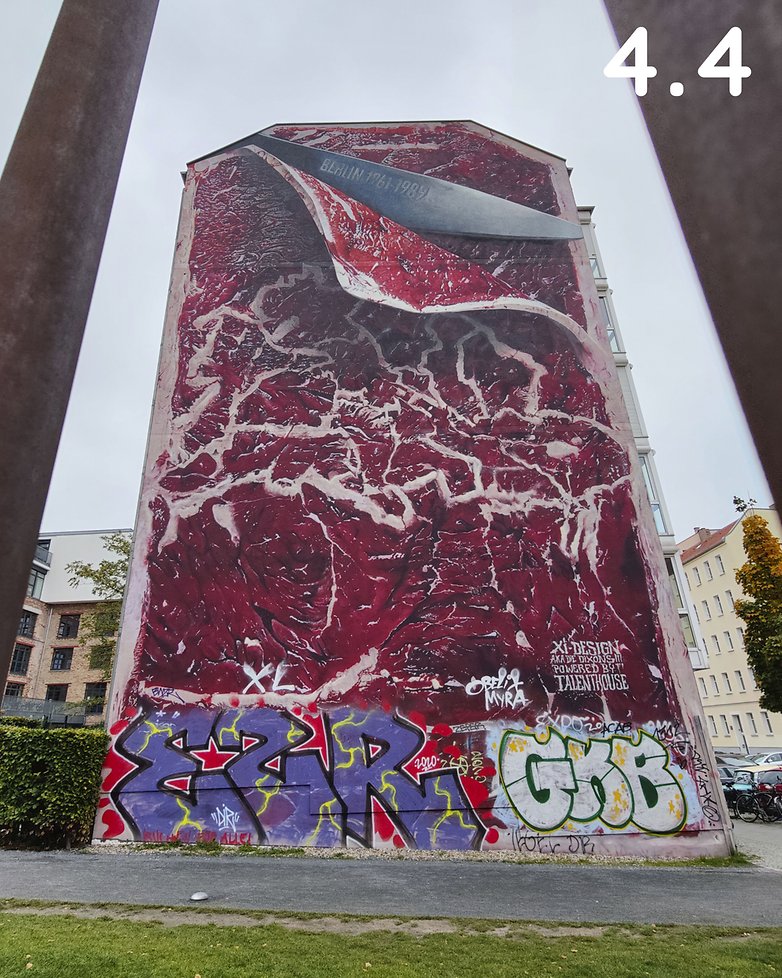
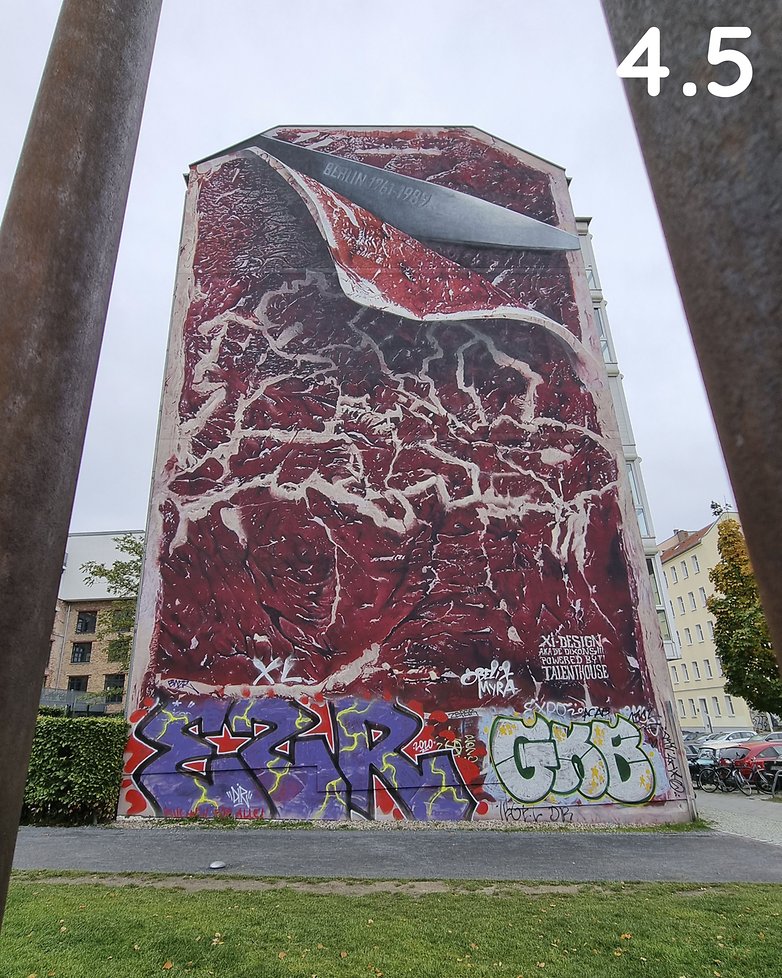
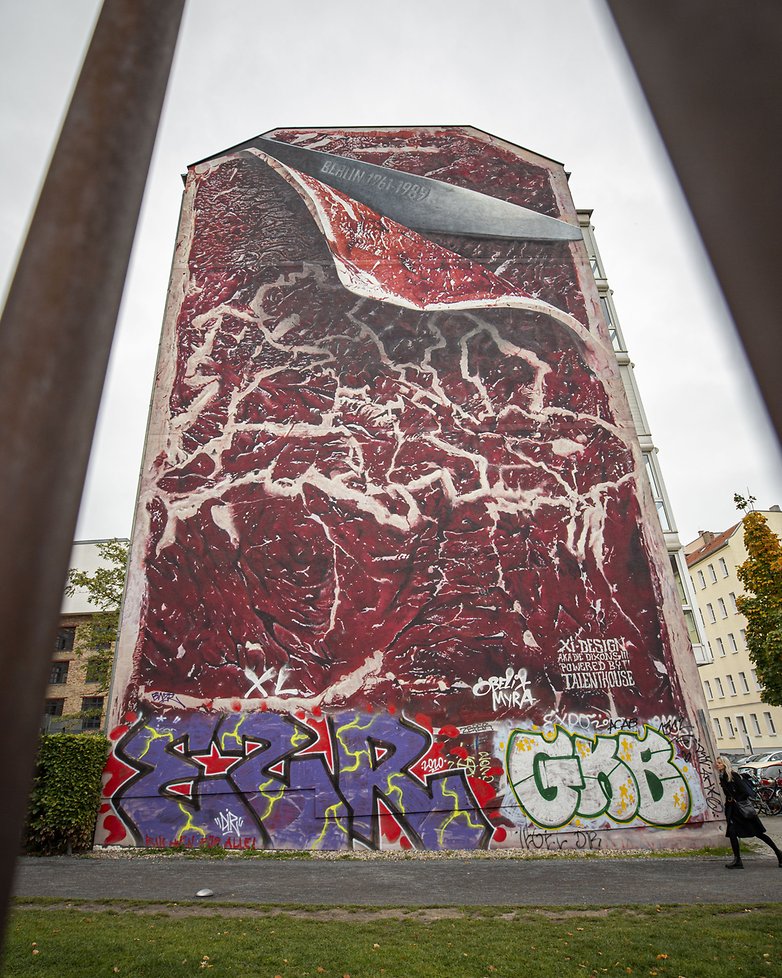

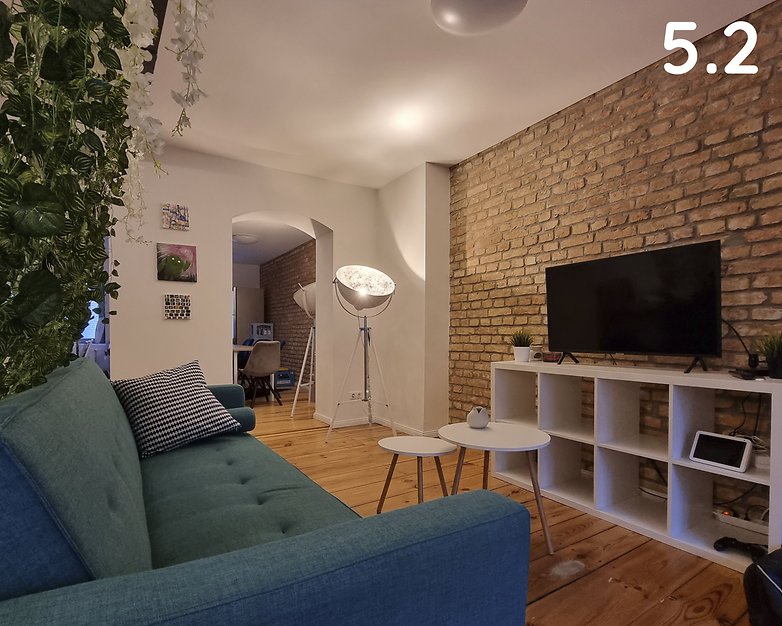
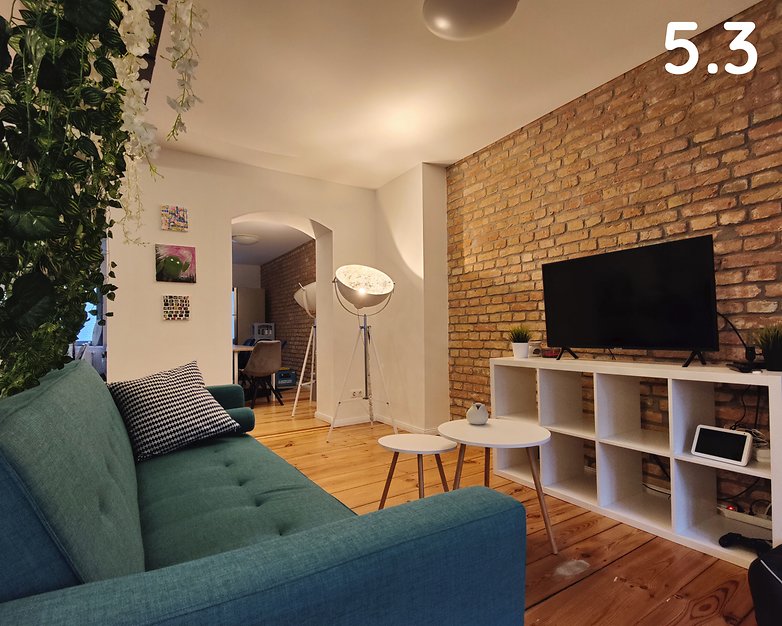
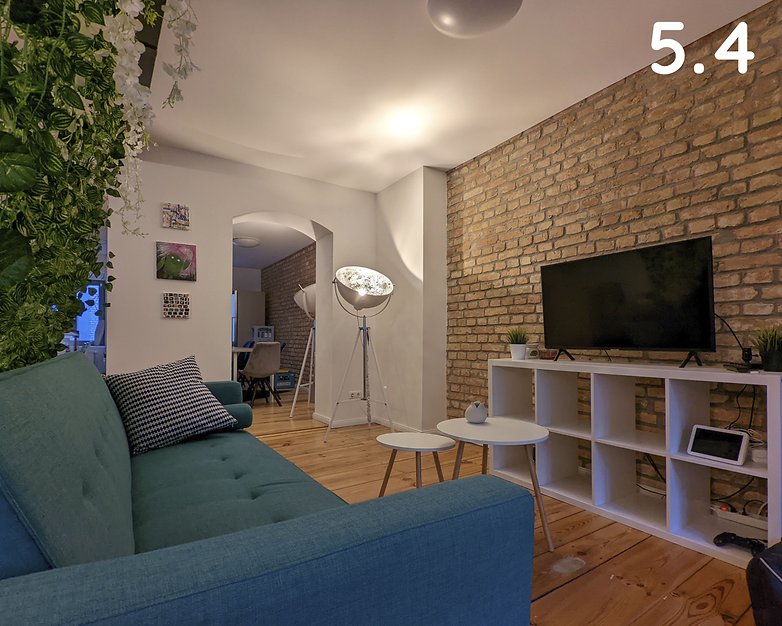
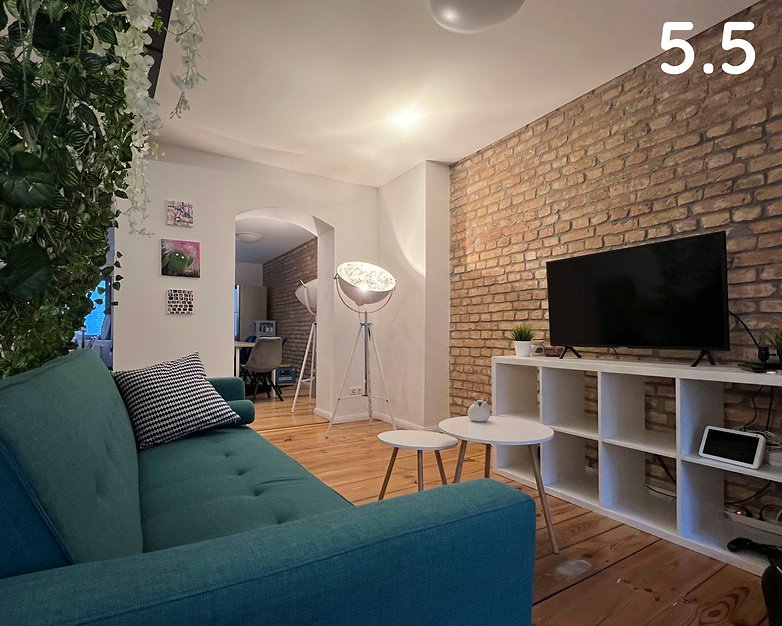
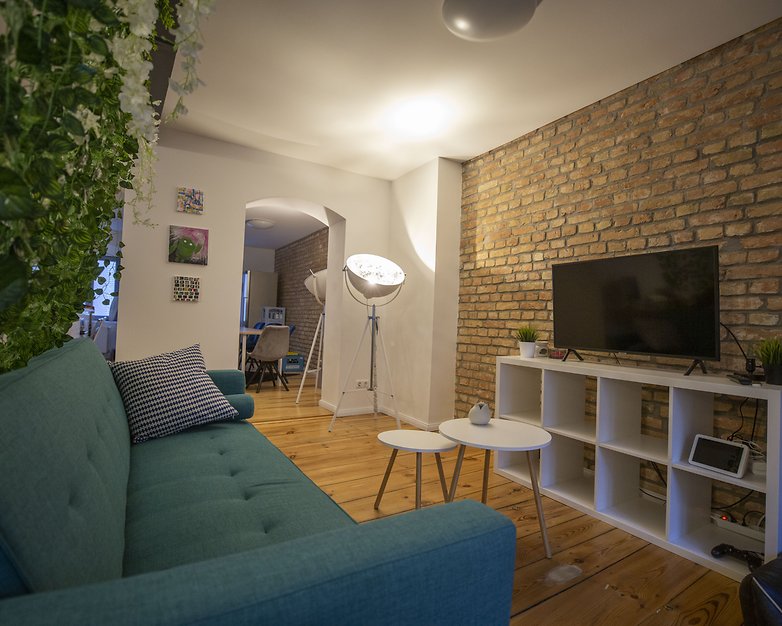
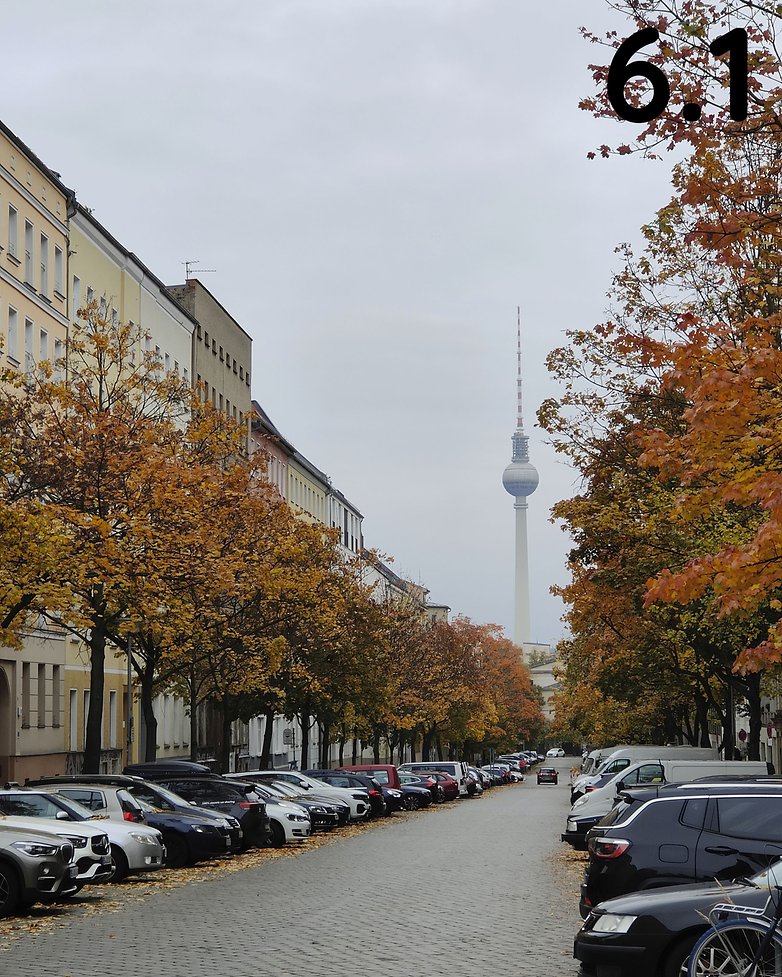
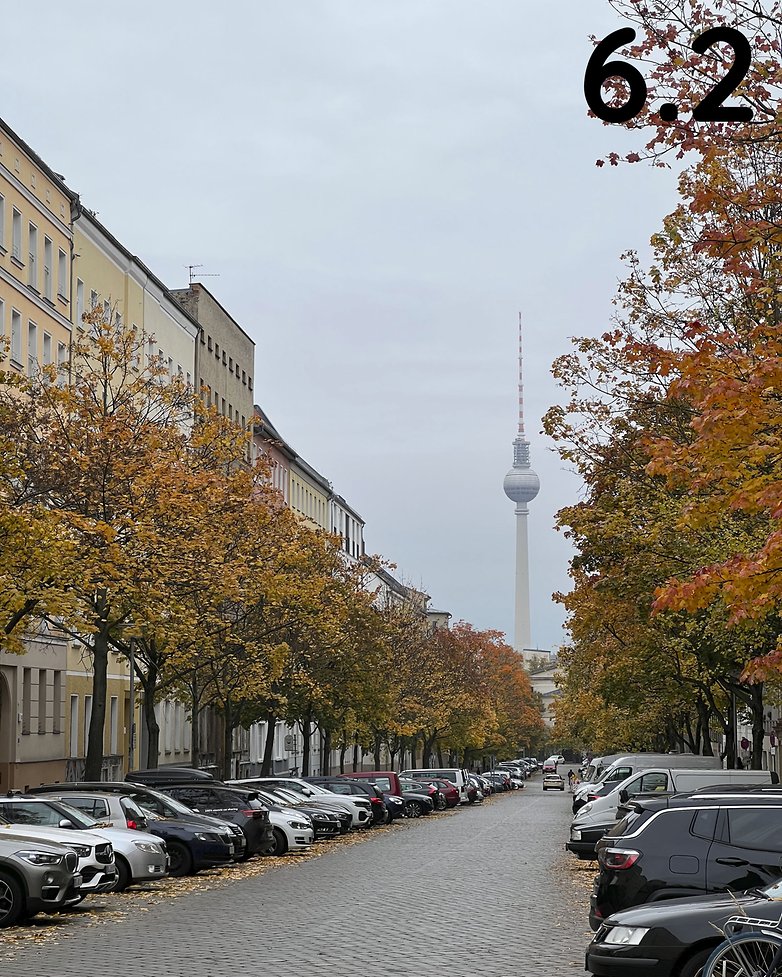
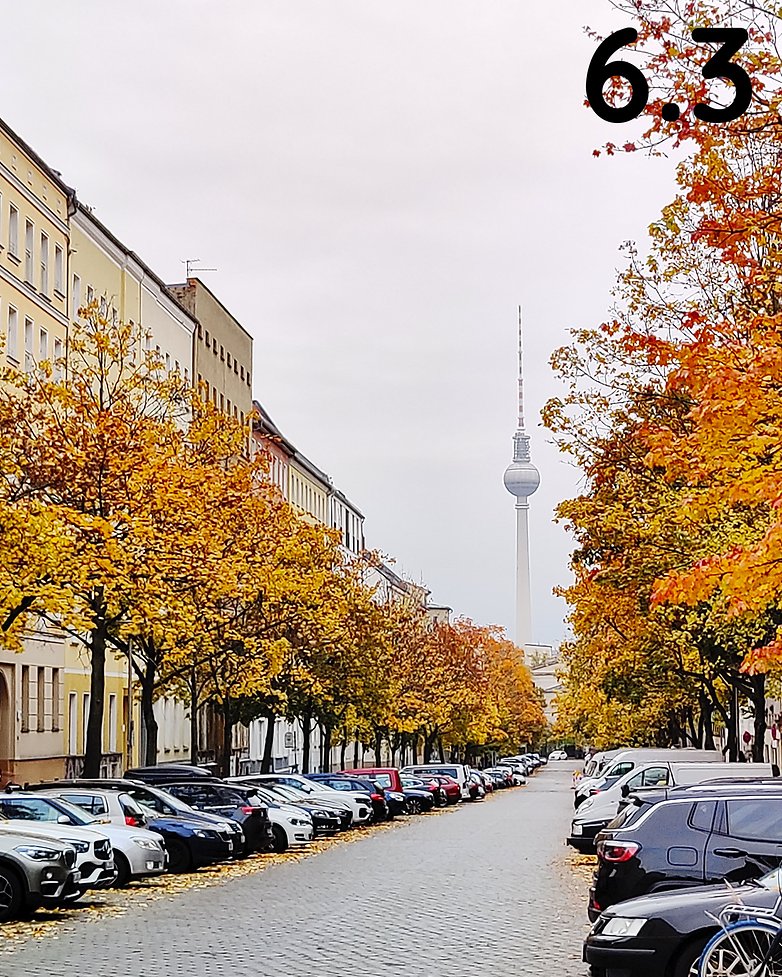
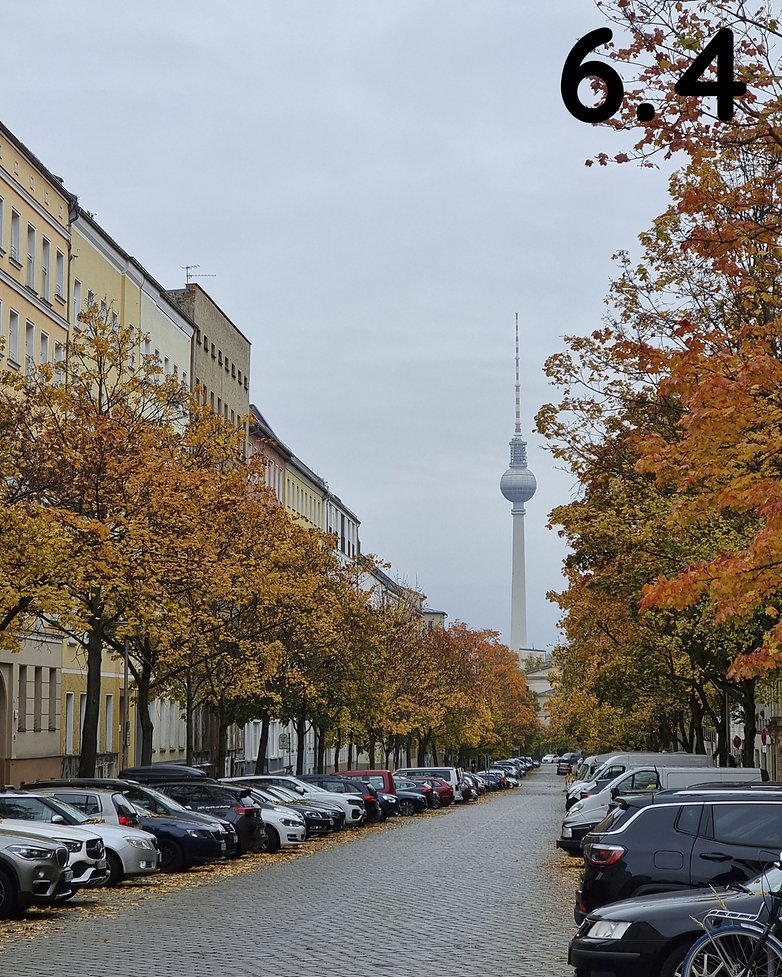
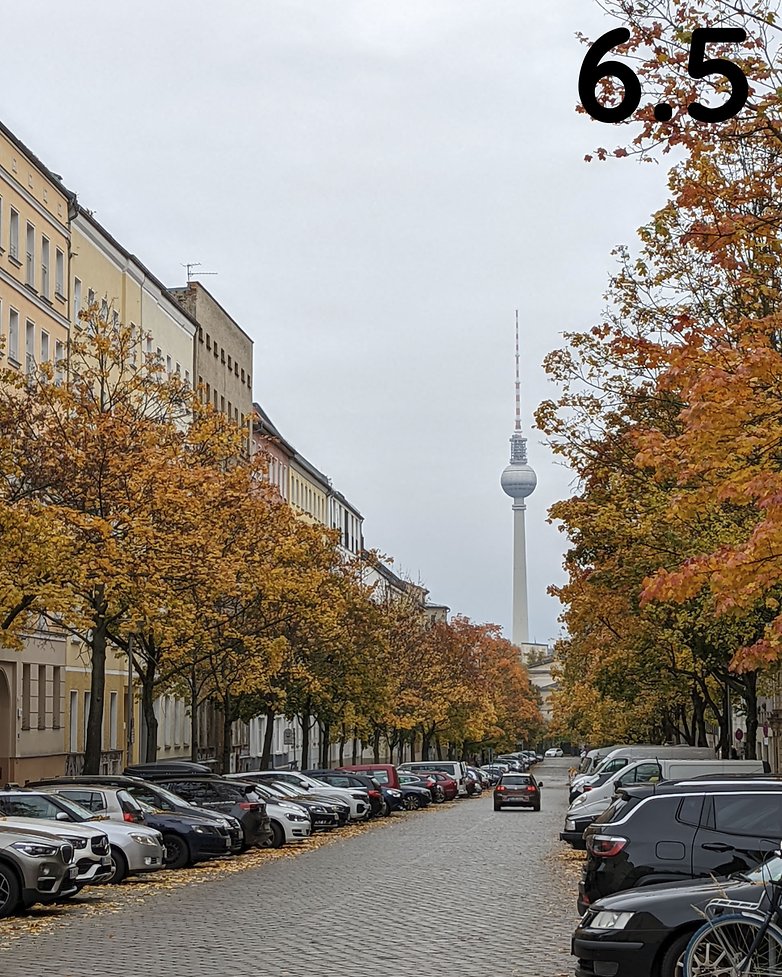
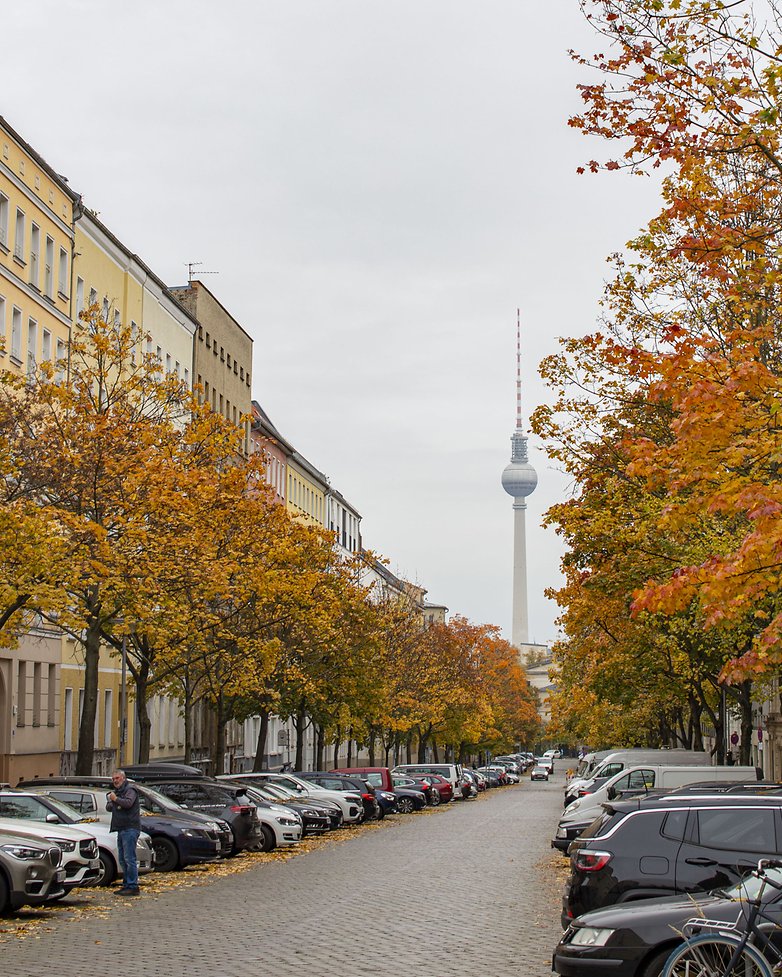
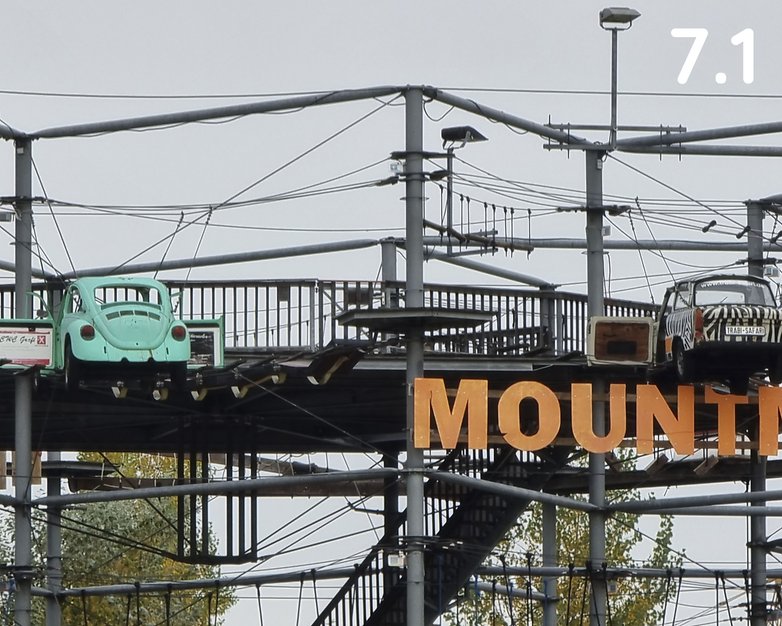
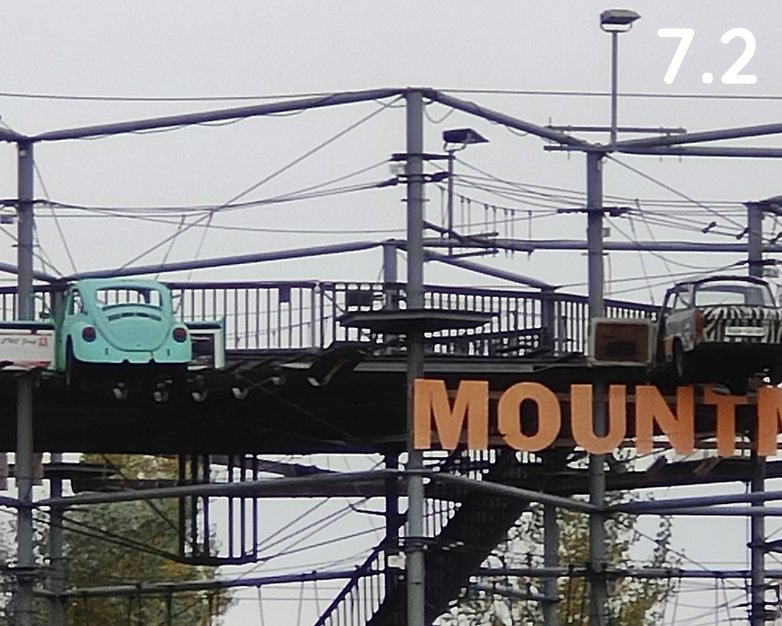
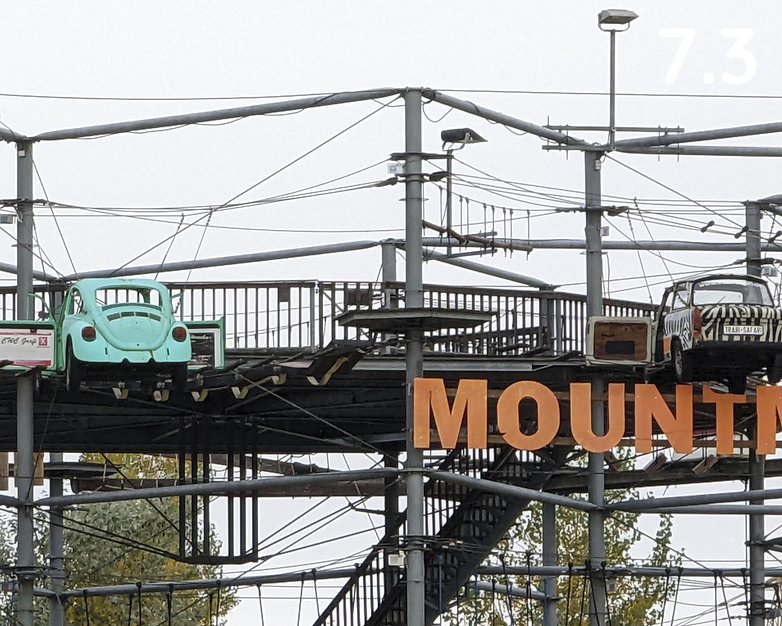
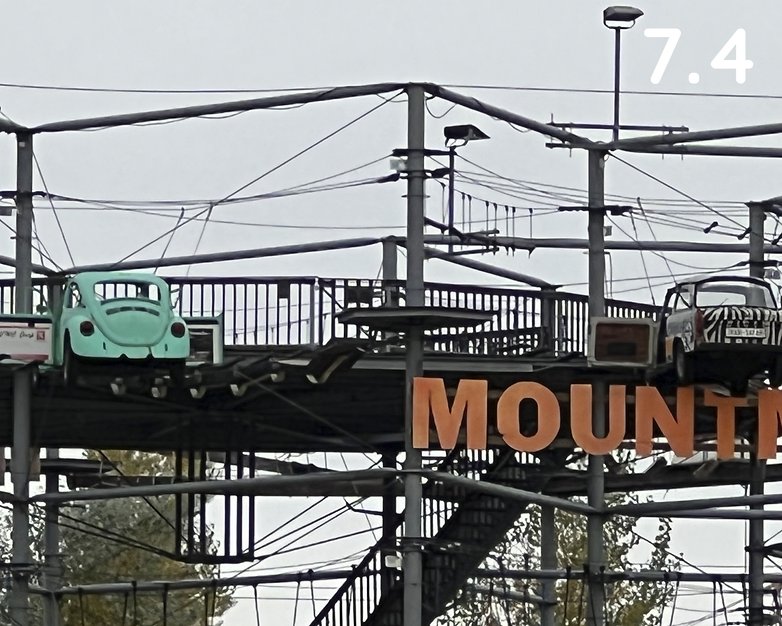
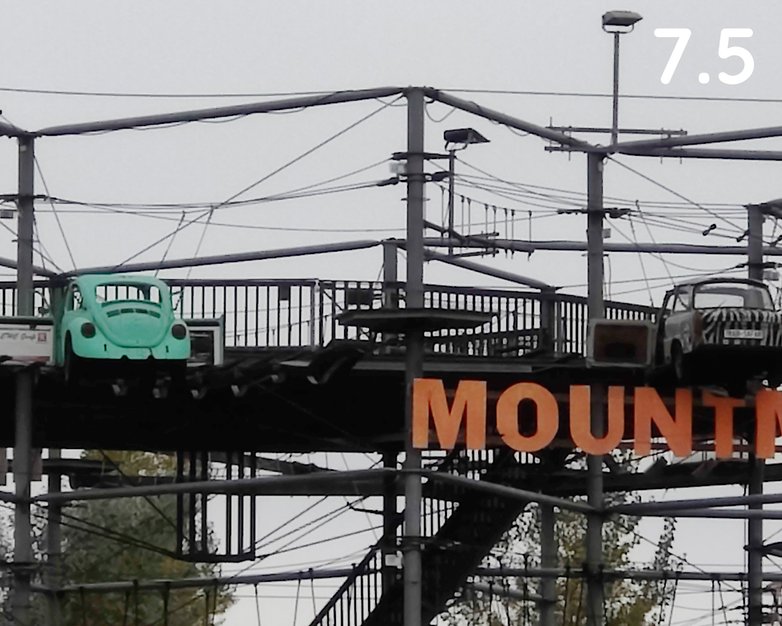
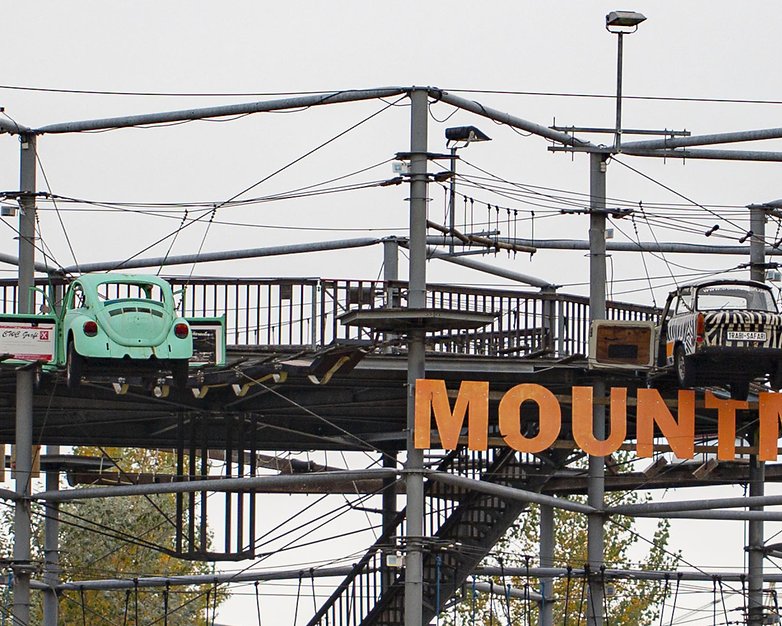
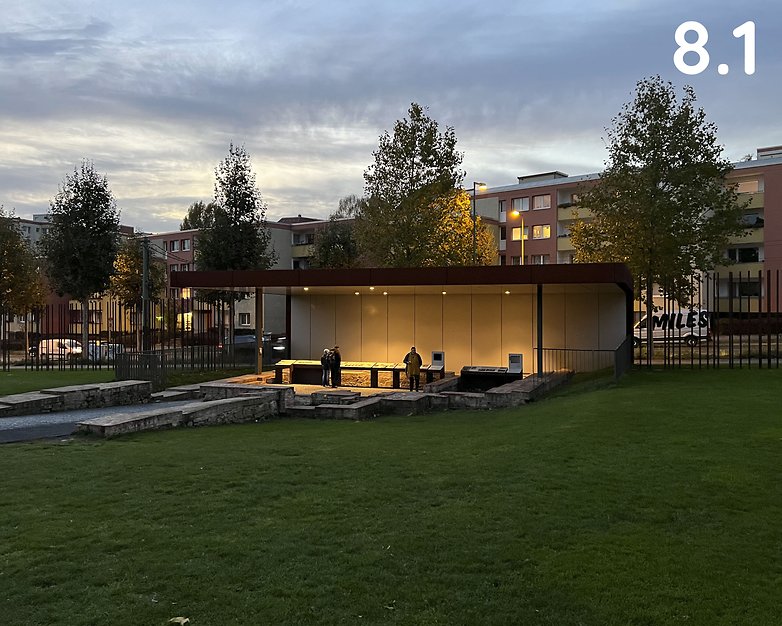
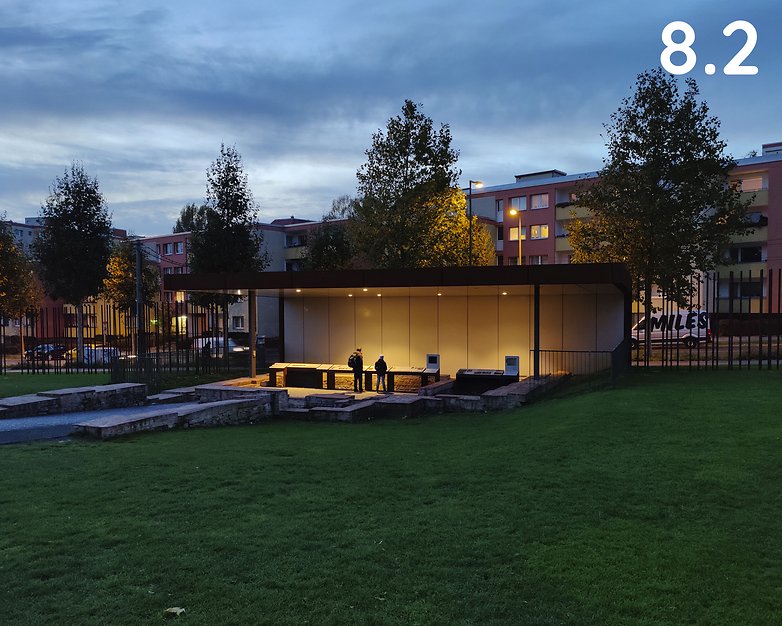
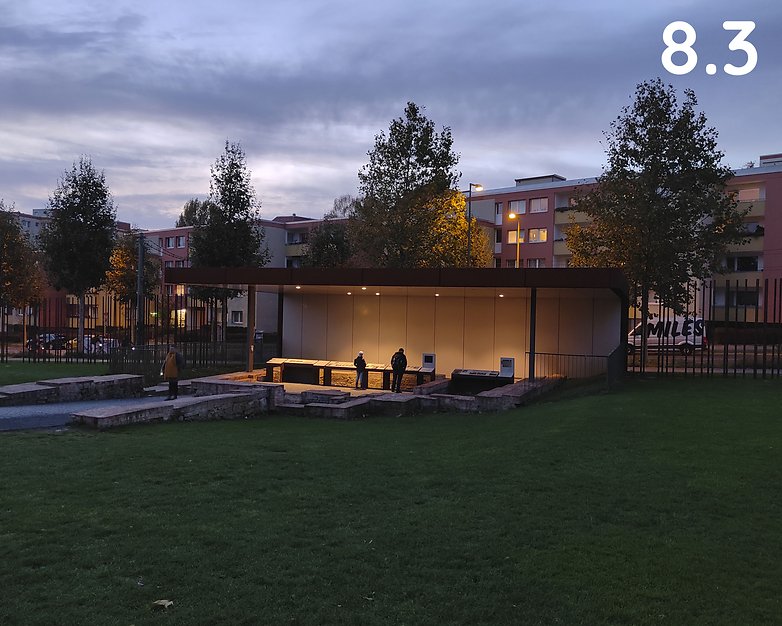
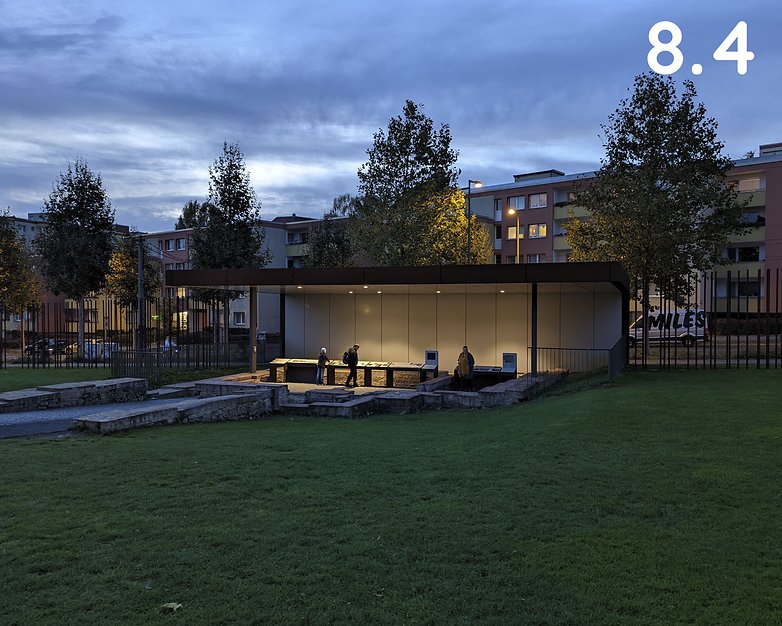
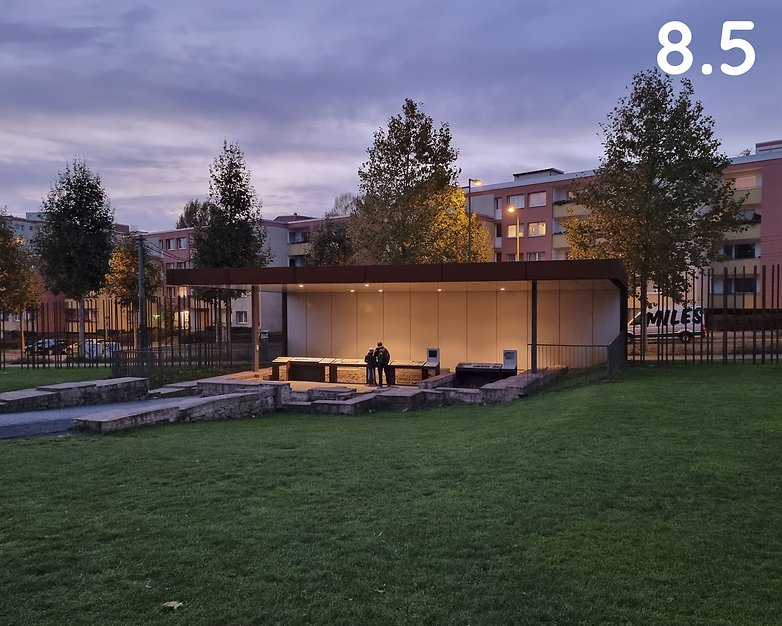
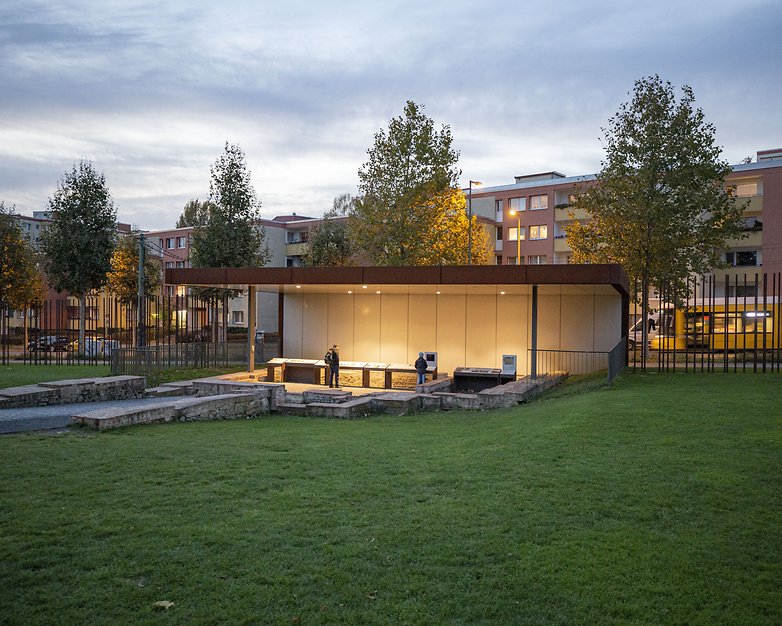
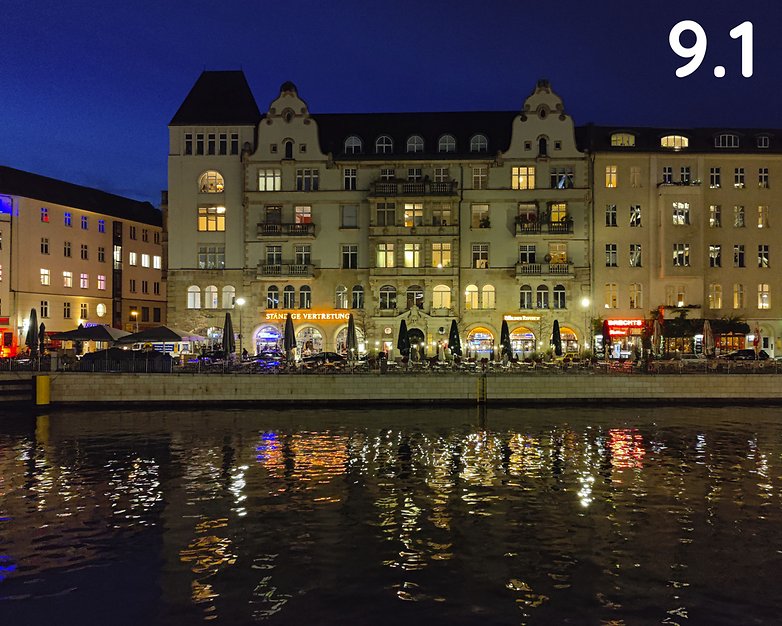
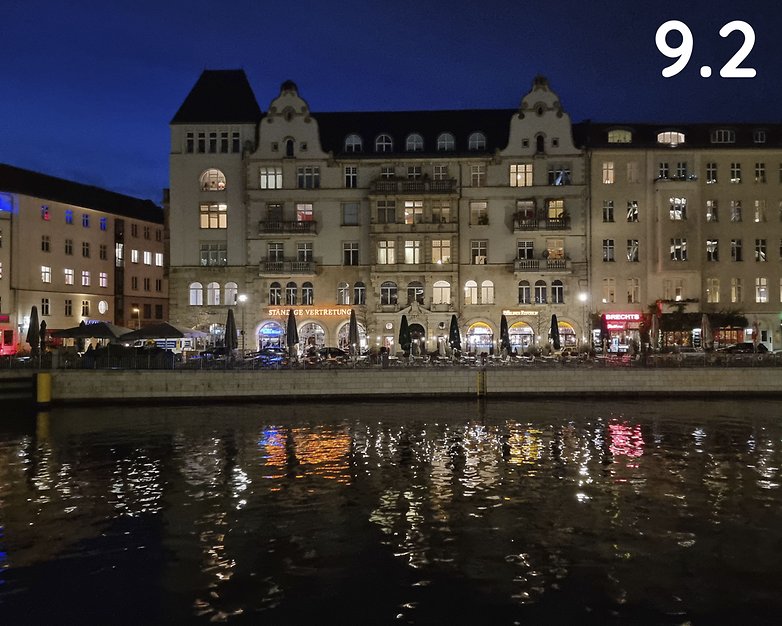
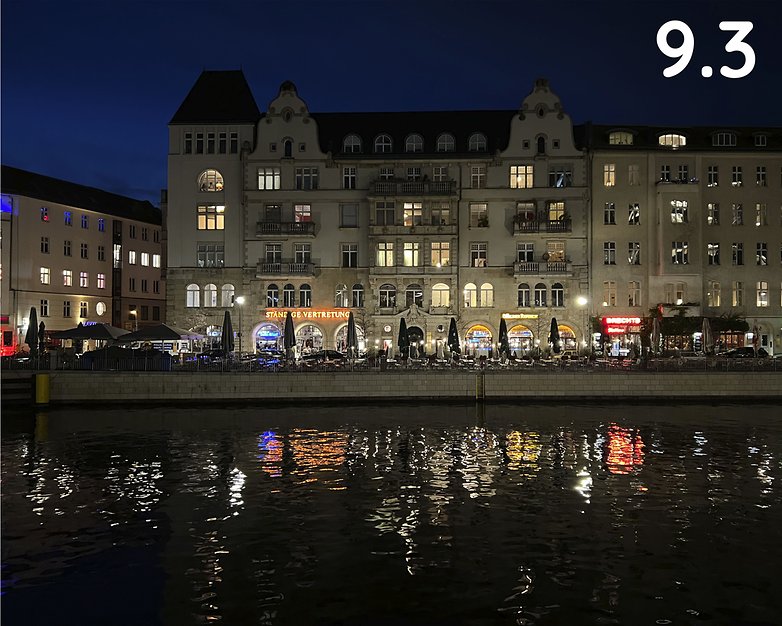
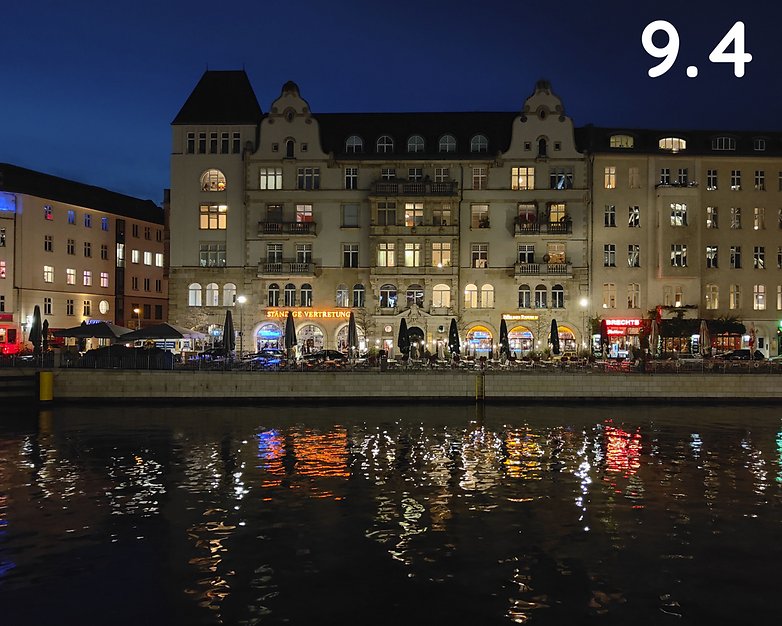

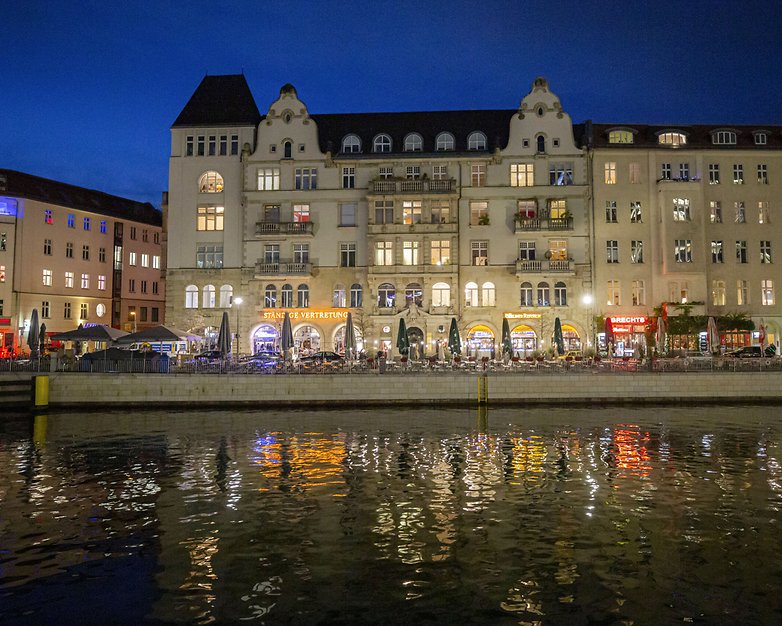

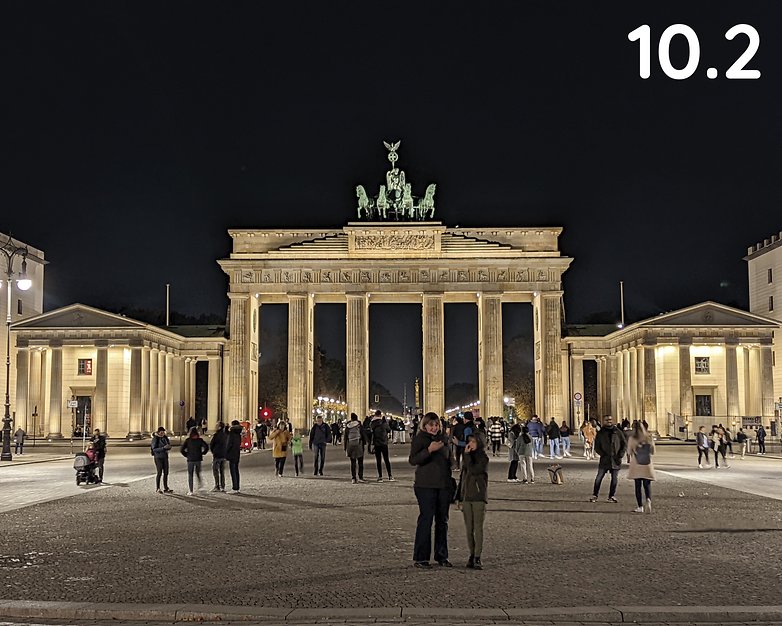
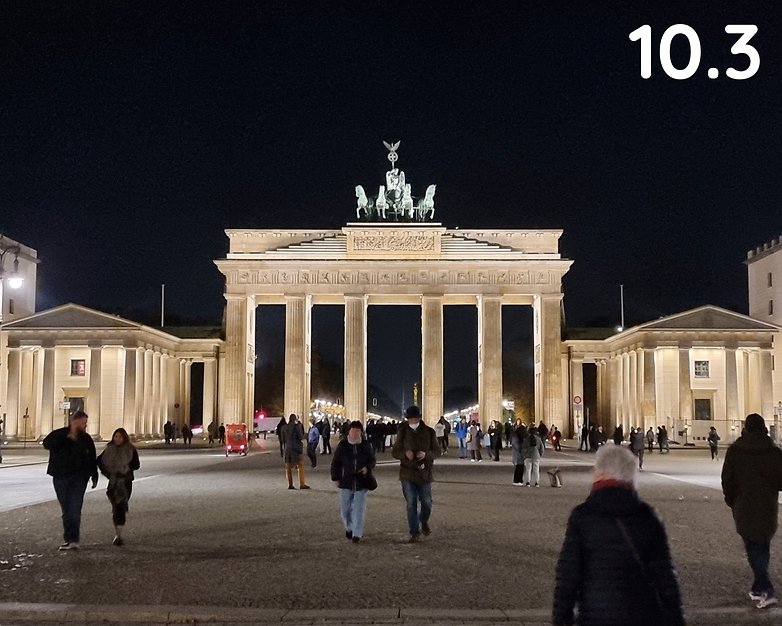
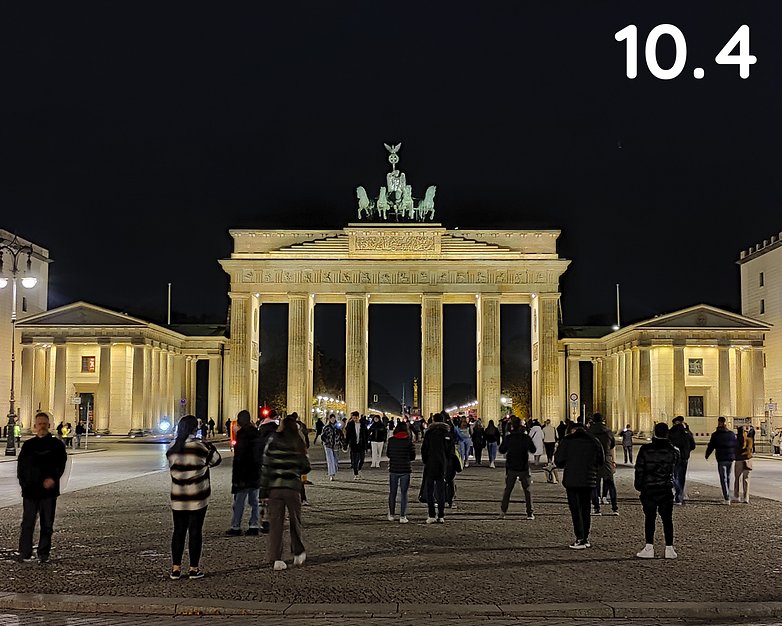
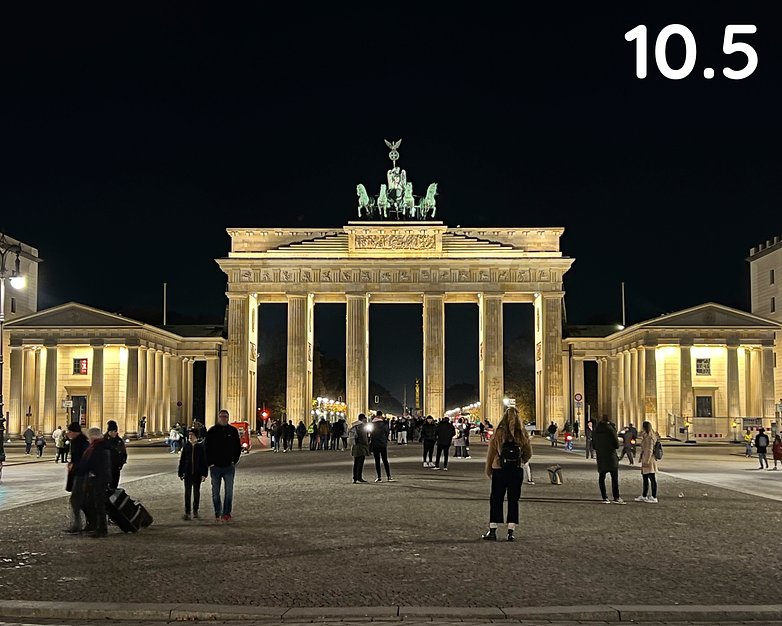
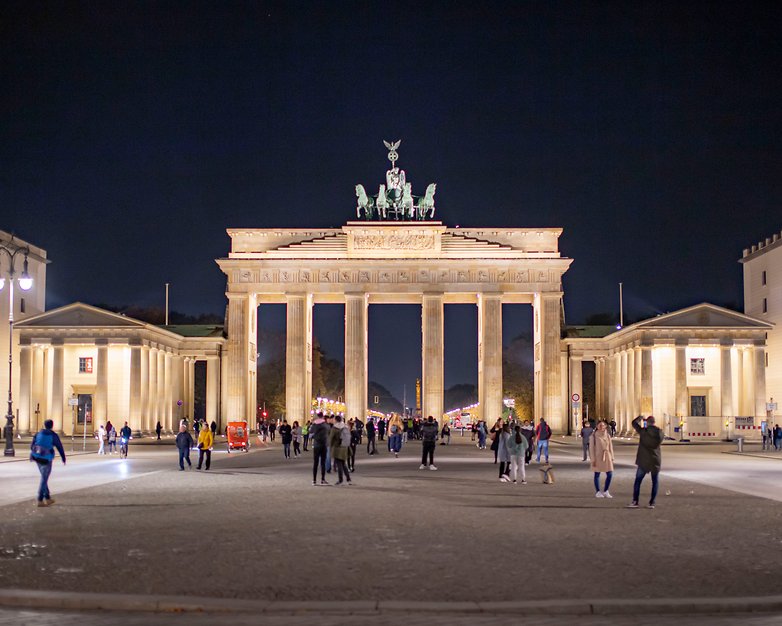
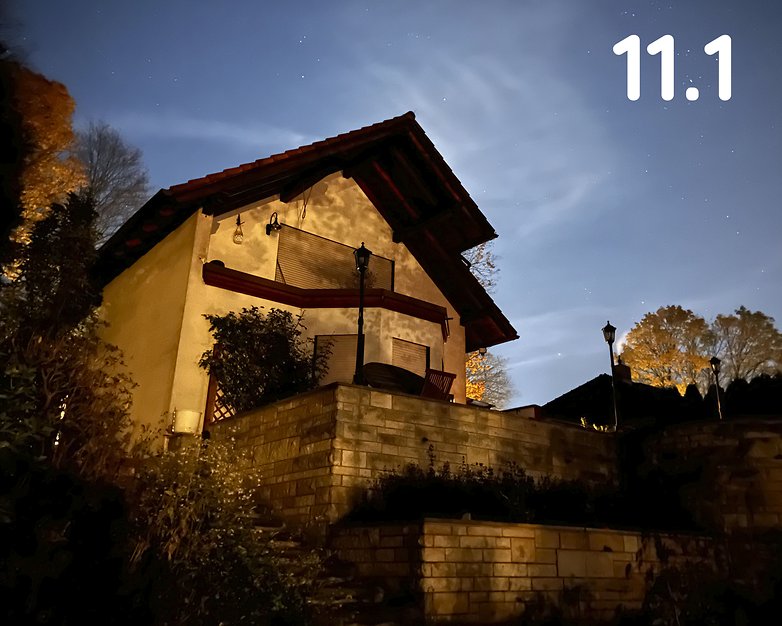
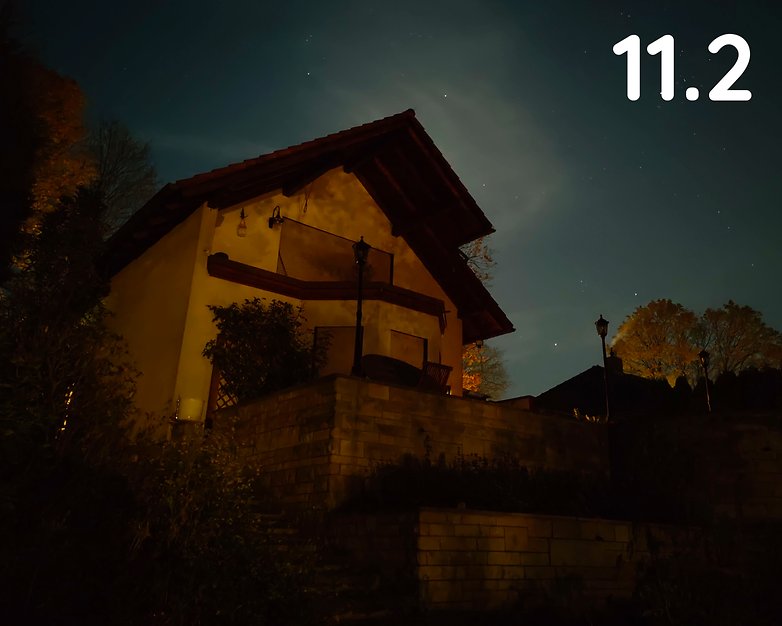
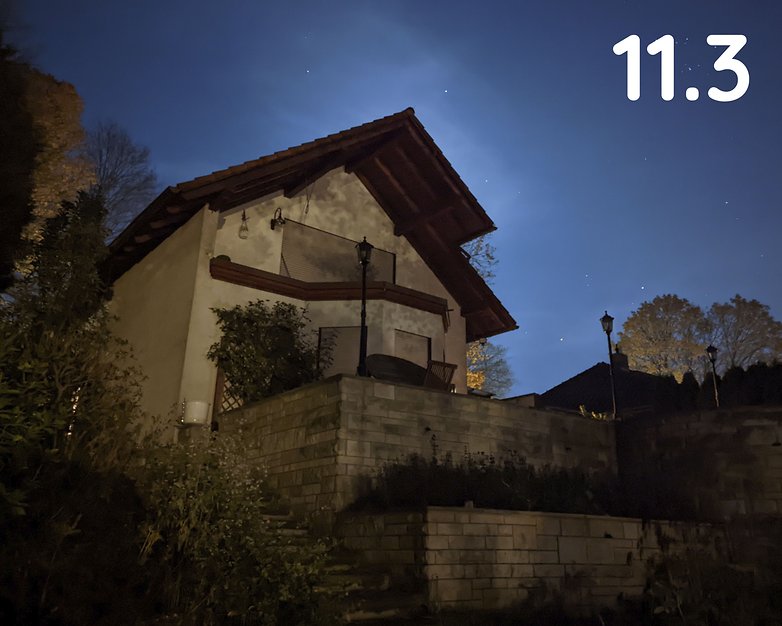
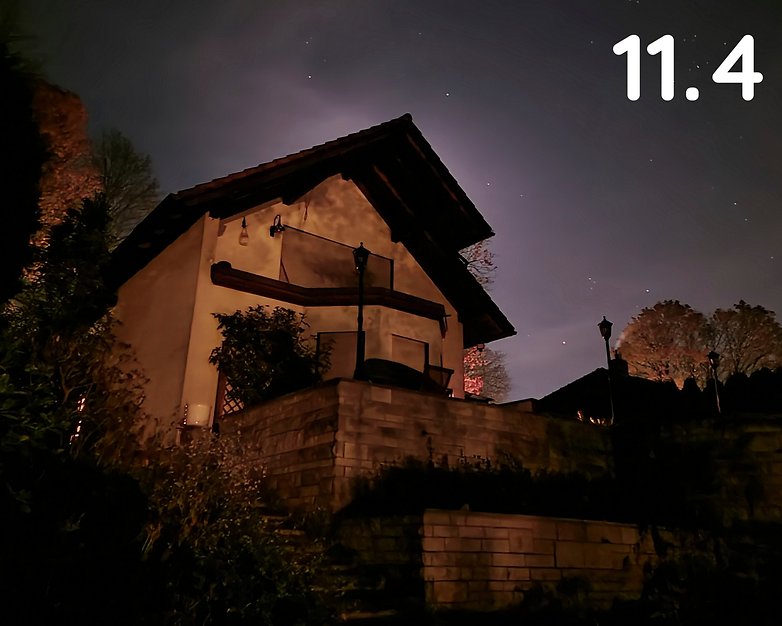
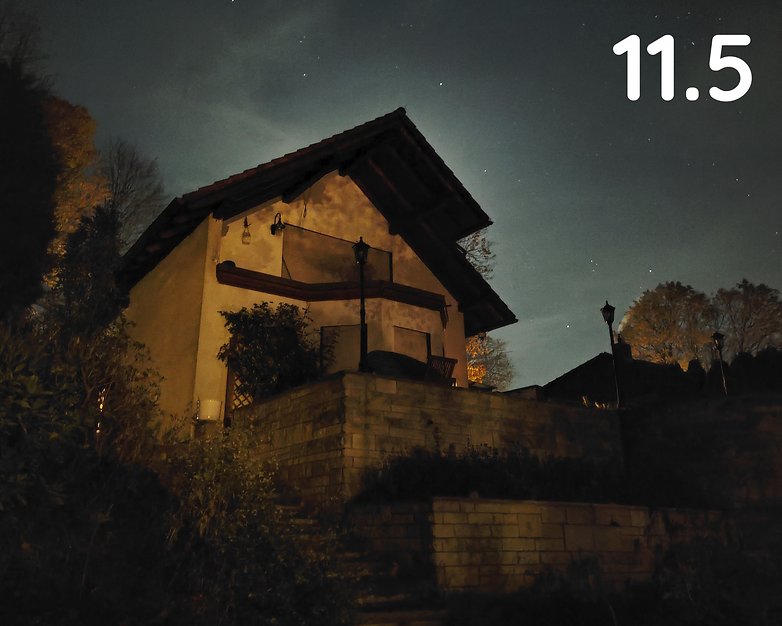





















Where are the results at? It's been a bit of time.
-
Admin
-
Staff
Nov 4, 2021 Link to commentThe article is online —> https://www.nextpit.com/camera-blind-test-results-q4-2021
Thanks for sharing! https://www.nextpit.com/
I liked 1.2 until I zoomed in on the edges. The blur effect is really awful around the edges of the person. The picture looks good, but the bokeh is very rough around the edges. Possibly the worst in that group.